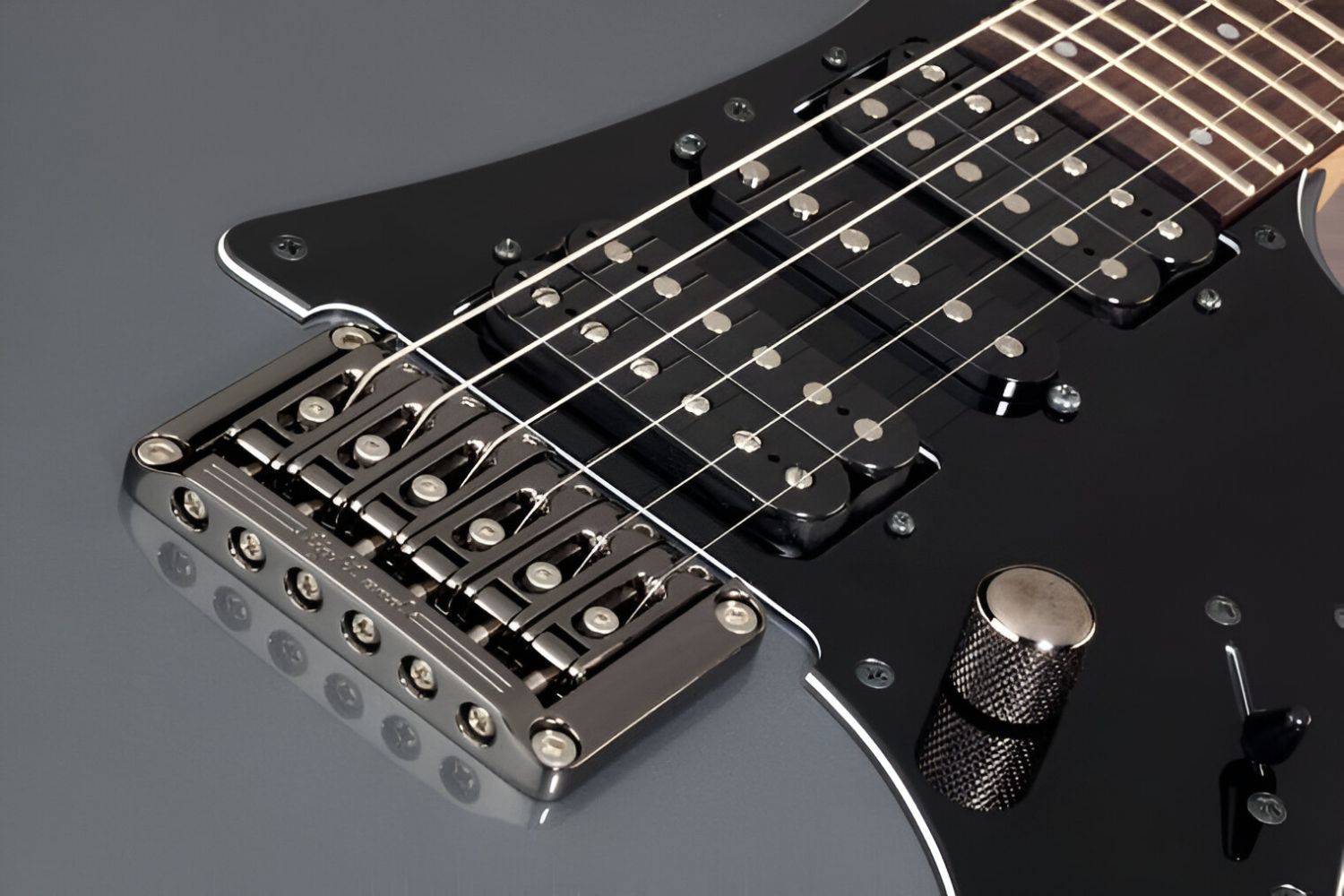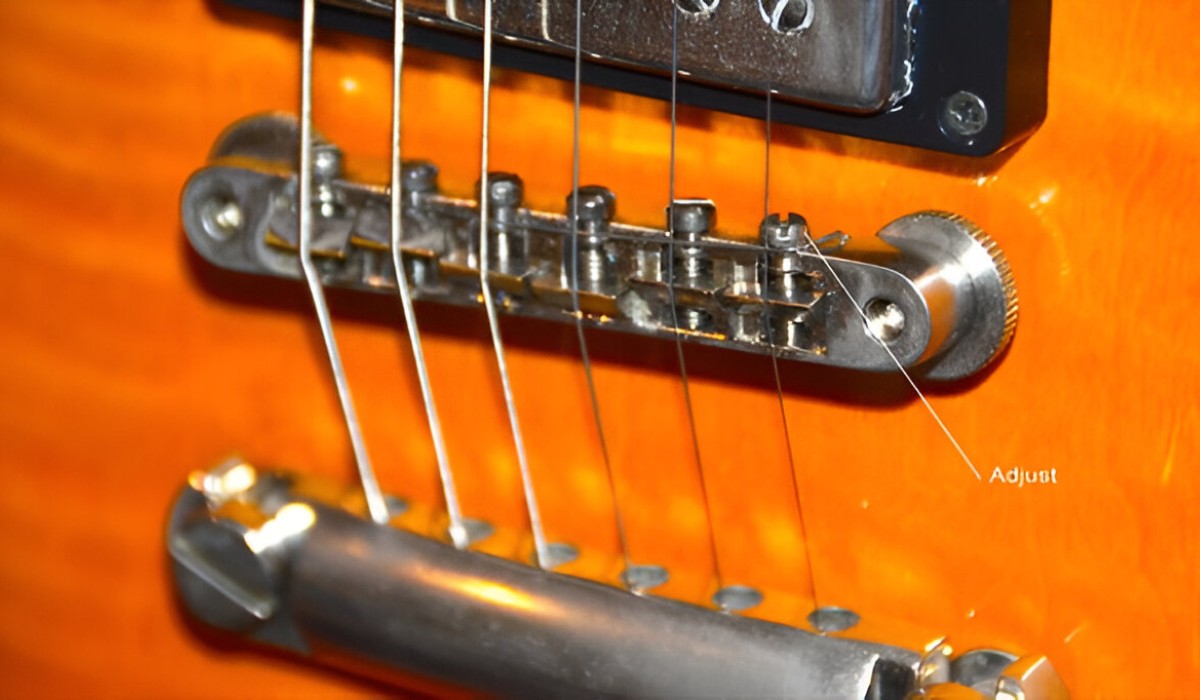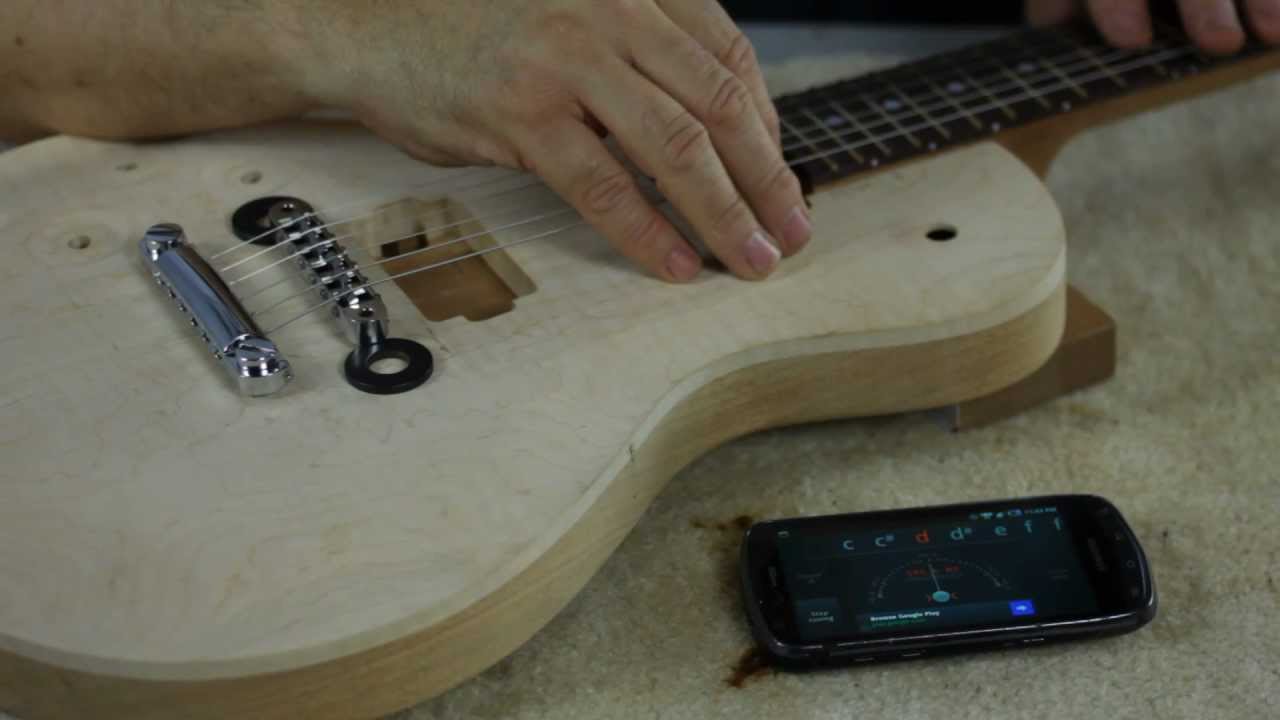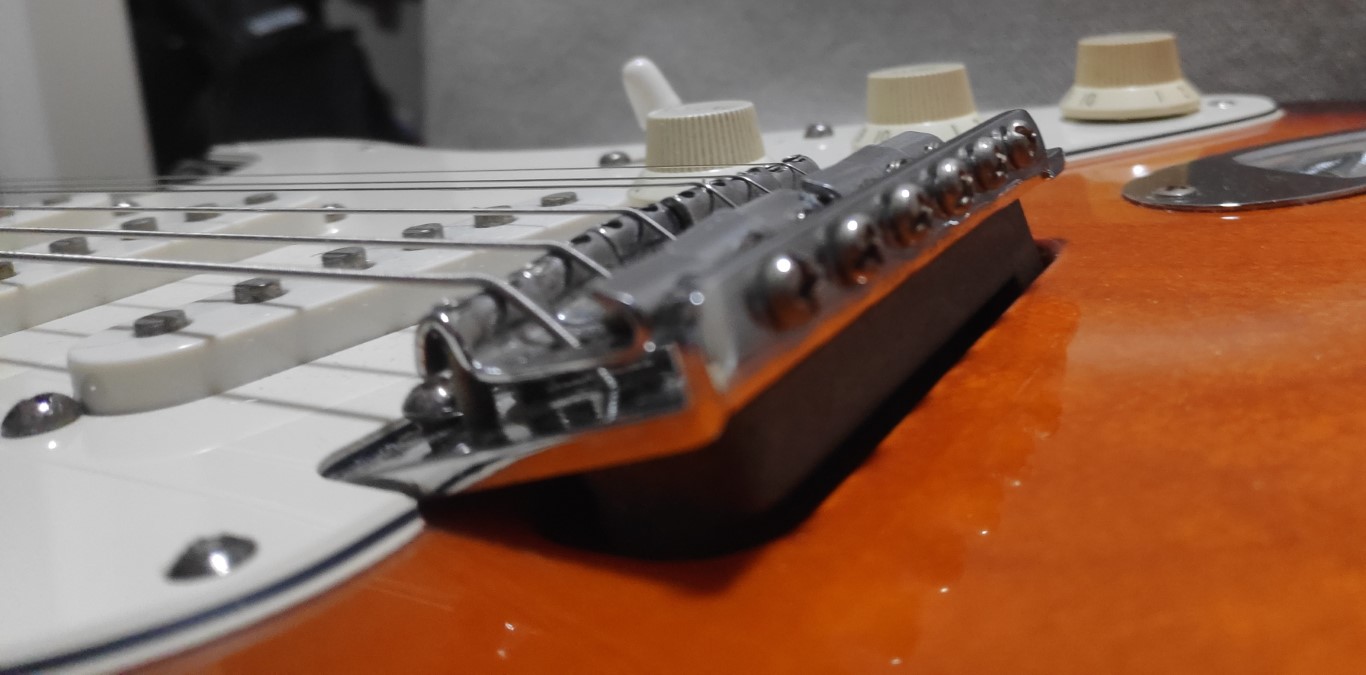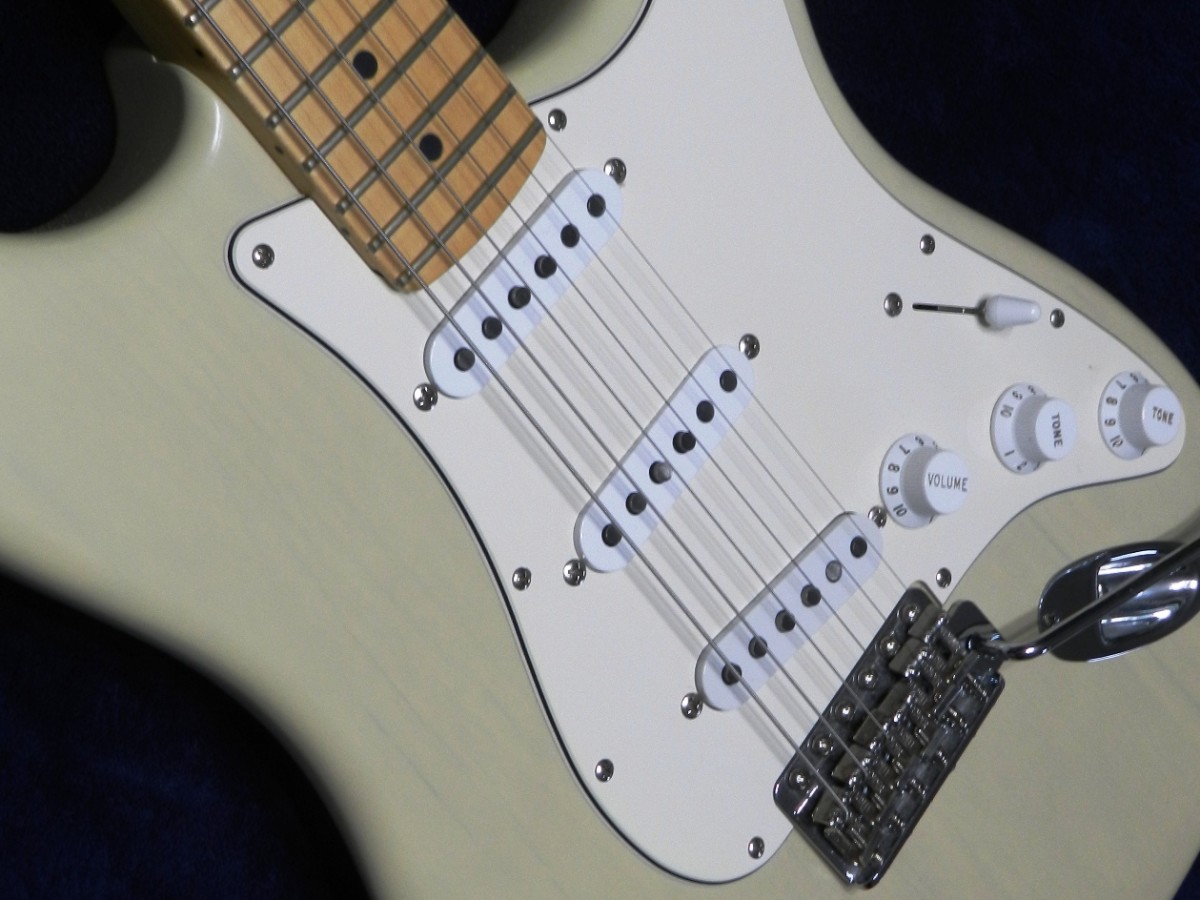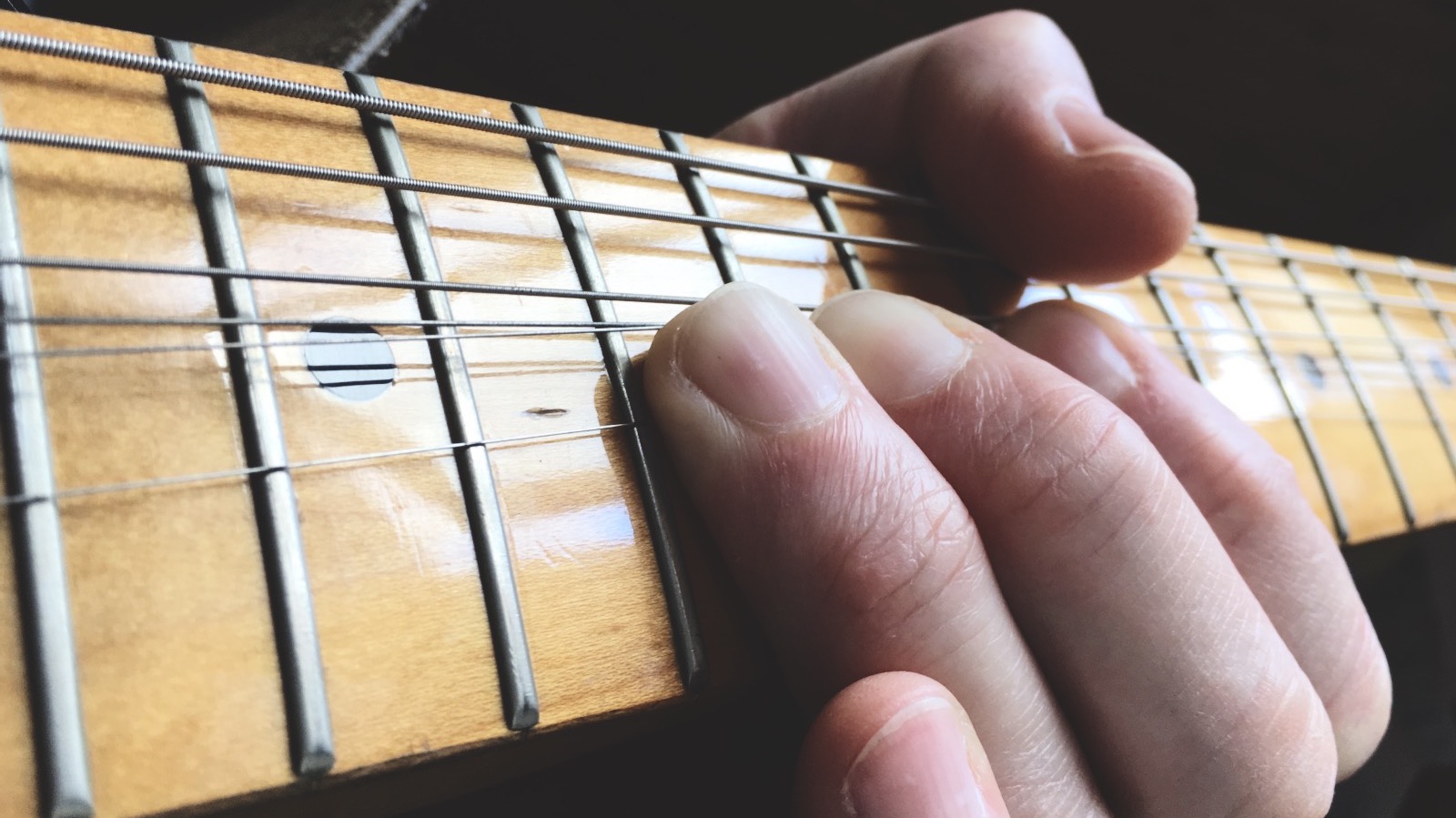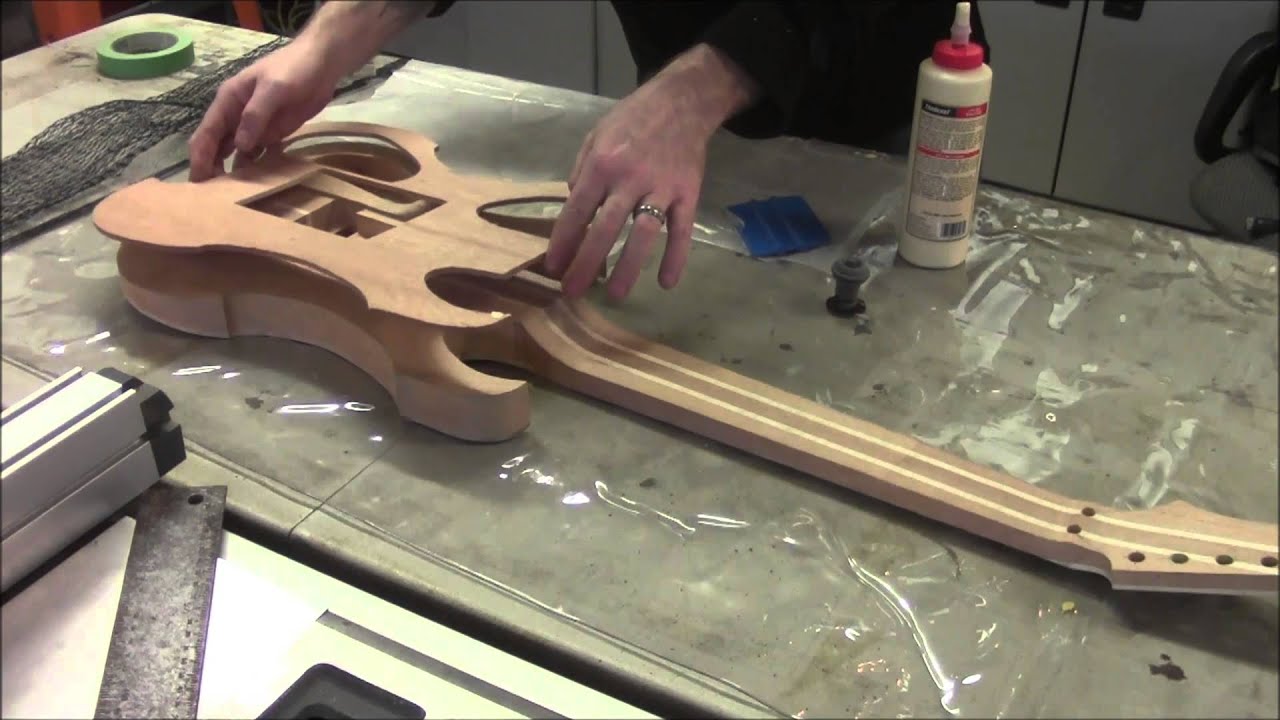Introduction
The bridge of an electric guitar is an essential component that significantly influences the instrument's playability, tone, and overall performance. As a crucial link between the strings and the guitar body, the bridge plays a pivotal role in transmitting the vibrations of the strings to the body, thereby affecting the sound produced by the instrument. Understanding the purpose, types, and impact of the bridge on an electric guitar is fundamental for both amateur and seasoned guitarists.
The bridge serves as the anchor point for the strings, holding them in place and facilitating adjustments to achieve the desired string height and intonation. This pivotal role directly impacts the playability and comfort of the instrument, making it a critical element for guitarists to comprehend. Furthermore, the bridge's design and construction significantly influence the guitar's tonal characteristics, making it a key factor in shaping the instrument's sound. With various types of bridges available, each offering distinct advantages and sonic attributes, the choice of bridge can profoundly impact a guitarist's playing experience and the overall sound of the instrument.
Understanding the nuances of the bridge on an electric guitar empowers guitarists to make informed decisions when selecting, customizing, and maintaining their instruments. Whether it's achieving optimal intonation, exploring tonal variations, or ensuring the guitar's structural integrity, the bridge plays a vital role in shaping the overall performance and sonic capabilities of an electric guitar. Therefore, delving into the intricacies of the bridge is essential for any guitarist seeking to maximize their instrument's potential and elevate their musical expression.
The Purpose of the Bridge
The bridge of an electric guitar serves multiple crucial functions that directly impact the instrument’s performance and playability. Firstly, the bridge acts as an anchor point for the strings, holding them in place and providing the necessary tension for producing sound. This function is vital for maintaining the strings’ stability and ensuring consistent tuning, allowing guitarists to play with confidence and accuracy.
Furthermore, the bridge facilitates adjustments to the string height and intonation, allowing players to customize the instrument to suit their playing style and preferences. By enabling precise adjustments, the bridge contributes to the overall comfort and playability of the guitar, ensuring that musicians can achieve optimal performance without encountering unnecessary technical obstacles.
Another essential purpose of the bridge is to transfer the vibrations of the strings to the guitar body. This transmission of energy is integral to the instrument’s tone production, as the vibrations resonate within the body, contributing to the overall sound output. The bridge, therefore, plays a critical role in shaping the tonal characteristics of the electric guitar, making it a key factor in determining the instrument’s sonic identity.
Moreover, the bridge design can impact the sustain and resonance of the guitar, influencing the duration and quality of the notes produced. Different bridge configurations and materials can yield varying sustain characteristics, allowing guitarists to tailor the instrument’s sonic capabilities to align with their artistic vision and musical expression.
Ultimately, the bridge of an electric guitar is not merely a structural component but a dynamic element that significantly influences the instrument’s tone, playability, and sonic versatility. Understanding the multifaceted purpose of the bridge empowers guitarists to make informed decisions when selecting, customizing, and maintaining their instruments, ultimately enhancing their musical experience and creative potential.
Types of Bridges
Electric guitars feature various types of bridges, each offering distinct advantages in terms of playability, tone, and tuning stability. The most common bridge designs include:
- Fixed Bridges: Also known as hardtail bridges, these are securely attached to the guitar body, providing excellent tuning stability and sustain. They are favored for their simplicity and robustness, making them ideal for heavy playing styles and alternate tunings.
- Tremolo Bridges: Also referred to as vibrato bridges, these allow players to manipulate the pitch of the strings by using a tremolo arm. This feature enables expressive pitch bends and subtle vibrato effects, adding a dynamic dimension to the guitar’s sonic capabilities.
- Tune-O-Matic Bridges: Commonly found on Gibson guitars, these bridges offer individual string intonation adjustment, allowing precise tuning for each string. They are renowned for their stability and sustain, making them a popular choice among players seeking reliable performance.
- Floating Bridges: These bridges are not fixed to the guitar body and are often associated with extended pitch range and smooth tremolo effects. While offering expressive possibilities, they require meticulous setup and maintenance to ensure tuning stability.
- Locking Bridges: Designed to enhance tuning stability and sustain, locking bridges utilize clamps or mechanisms to secure the strings at the bridge, minimizing slippage and improving overall performance, especially during aggressive playing techniques.
Each type of bridge presents unique sonic and functional attributes, catering to different playing styles and musical preferences. The choice of bridge type profoundly influences the guitar’s playability, tonal characteristics, and expressive potential, making it a crucial consideration for guitarists seeking to tailor their instruments to their specific artistic vision and performance requirements.
How the Bridge Affects Tone
The bridge of an electric guitar plays a pivotal role in shaping the instrument’s tonal characteristics, contributing to the overall sonic footprint and expressive capabilities. The impact of the bridge on tone can be attributed to several key factors:
- Transfer of Vibrations: The bridge serves as a conduit for transmitting the vibrations of the strings to the guitar body. This transfer of energy significantly influences the resonance and timbre of the instrument, contributing to the richness and depth of the sound produced.
- Sustain and Resonance: Different bridge designs and materials can affect the sustain and resonance of the guitar. Bridges with enhanced sustain properties can prolong the duration of notes, adding a sense of richness and fullness to the sound, while also contributing to the instrument’s overall responsiveness.
- Harmonic Characteristics: The bridge configuration and construction can impact the harmonic content of the guitar’s output. Certain bridge types may emphasize specific harmonics or frequencies, influencing the instrument’s tonal complexity and sonic signature.
- String Damping and Articulation: The bridge design can influence the degree of string damping and articulation, affecting the clarity and definition of individual notes. This aspect is particularly crucial for techniques such as palm muting and dynamic playing, where precise string control is essential for achieving desired tonal nuances.
- Dynamic Response: The bridge’s interaction with the strings directly influences the guitar’s dynamic range and responsiveness. Different bridge types may exhibit varying degrees of sensitivity to player input, affecting the instrument’s ability to convey subtle nuances and expressiveness.
By understanding how the bridge affects tone, guitarists can make informed decisions when selecting or customizing their instruments to achieve specific sonic characteristics. Whether seeking enhanced sustain, harmonic richness, or dynamic responsiveness, the bridge serves as a crucial sonic sculptor, allowing players to tailor their instruments to suit their artistic vision and musical expression.
Maintenance and Adjustment of the Bridge
Proper maintenance and adjustment of the bridge are essential for ensuring the optimal performance, playability, and tonal integrity of an electric guitar. Here are key considerations for maintaining and adjusting the bridge:
- String Changes: When restringing the guitar, it’s vital to ensure that the strings are correctly anchored at the bridge. Proper string winding and securing techniques help maintain tuning stability and prevent excessive wear on the bridge saddles.
- Intonation Adjustment: Regular intonation checks and adjustments are crucial for ensuring accurate pitch across the fretboard. Most bridges feature individual saddle adjustments, allowing precise intonation tuning for each string.
- Bridge Cleaning: Periodic cleaning of the bridge and saddle components helps prevent the buildup of dirt, grime, and corrosion, which can affect string vibration and overall tone. Use a soft cloth and appropriate cleaning solutions to maintain the bridge’s functionality and structural integrity.
- Bridge Height and Action: Adjusting the bridge height and action can significantly impact the playability and comfort of the instrument. Finding the optimal balance between string height and fret clearance is essential for achieving a comfortable playing experience and facilitating effortless fretting and bending.
- Tremolo Setup and Lubrication: For guitars equipped with tremolo bridges, proper setup and lubrication of moving parts are essential for smooth operation and tuning stability. Regular maintenance of tremolo systems, including pivot points and spring tension, helps preserve their functionality and performance.
- Hardware Inspection: Regularly inspecting the bridge hardware for signs of wear, damage, or loose components is crucial for addressing potential issues before they escalate. Loose screws, worn saddle grooves, or corroded parts can adversely affect the bridge’s stability and functionality.
By diligently maintaining and adjusting the bridge, guitarists can ensure that their instruments deliver consistent performance, reliable tuning, and optimal tonal characteristics. Whether it’s fine-tuning intonation, preserving bridge functionality, or optimizing string action, proactive bridge maintenance is integral to sustaining the instrument’s playability and sonic capabilities.







